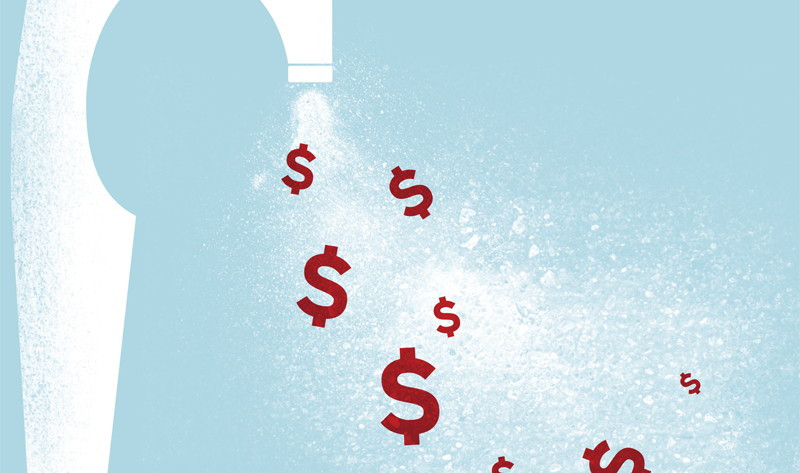Winnipeg water rates currently under review
The department of water and waste in the City of Winnipeg is currently reviewing the rate structure of how Winnipeg residents are billed for their water.
At present, Winnipeg runs on a declining block scale in which the amount of water billed per cubic metre is more expensive for those who consume less than those who use more.
“It’s intended to recover the cost of service,” said Barry MacBride, director of the water and waste department for the City of Winnipeg, about the current system.
He said that when water is pumping freely it costs less to keep the flow running than it does to pump water to homes that use it only during peak times.
As of Jan. 1, 2011 water rates on each tier of the block system have gone up by five cents and the sewer flat rate has gone up by seven cents per cubic metre.
According to the report, it is predicted that this will add $26.40 to the average resident’s annual water bill, making the annual average $849.40.
The main criticism of how water is billed now is that because residents are charged less as they use more, it discourages conservation.
“ It’s volume discount so it discourages rather than encourages water conservation.
Lynne Fernandez, Canadian Centre for Policy Alternatives
“It’s volume discount, so it discourages rather than encourages water conservation,” said Lynne Fernandez of the Canadian Centre for Policy Alternatives (CCPA).
The CCPA recommended in their alternative budget report that water be billed on a flat rate so that every person is paying for what they are using.
According to Richard Girard, research coordinator for the Polaris Institute, one way to make Winnipeggers more aware of conservation would be to raise the price of water.
“Lower pricing for the service makes for higher usage and less concern on water conservation,” he said. “There is the school of thought that if we raise the cost for the service, the use of water goes down.”
In reality, most Winnipeg residents only need to pay attention to the first rate block, as the third block is used mainly by industrial businesses and the second is shared between the two extremes.
“Unless you use really excessive amounts of water, it doesn’t reach that second unit,” said Laurel McDonald, water caucus coordinator at the Manitoba Eco-Network. “We use less water than the average household nationally.”
Even though Winnipeg residents use less water now at peak hours than they did in the 1960s, despite a growth in population, the cost of maintaining the infrastructure remains high.
A cost of service study, currently being performed by the department of water and waste, needs to focus on equal billing of services while creating revenue, according to MacBride.
The rate study will review alternative rate structures including declining block, inclining block, uniform, seasonal and winter cost averaging.
“Water rate structures should be reviewed every couple of years and that’s what we’re doing, we’re trying to get residents to pay their fair share,” said MacBride.
Published in Volume 65, Number 23 of The Uniter (March 17, 2011)








